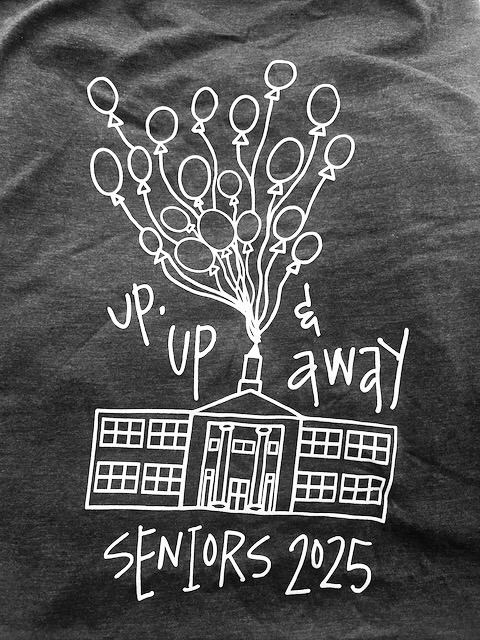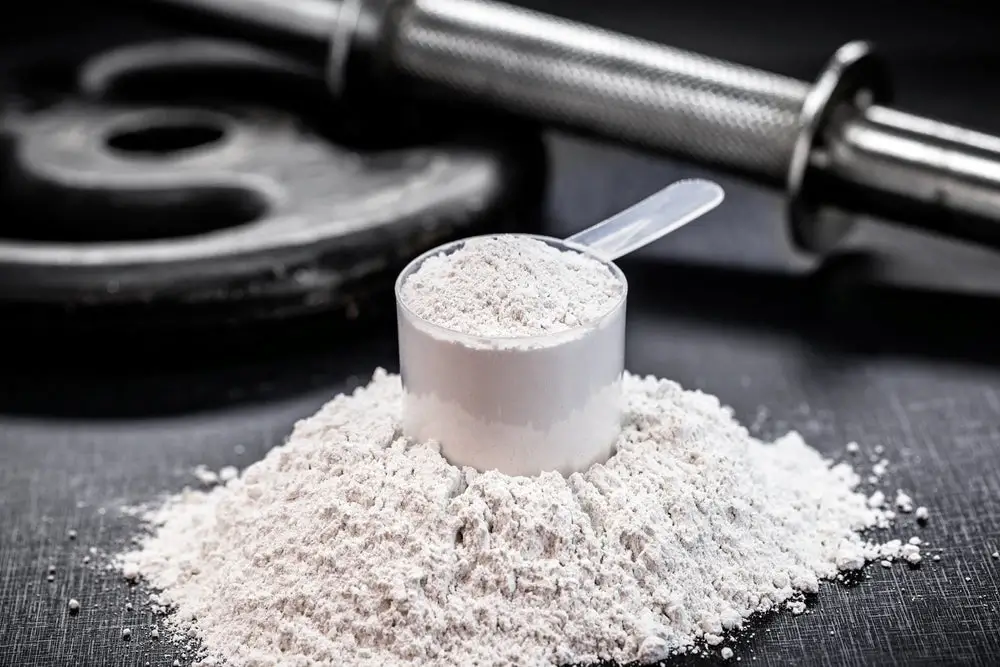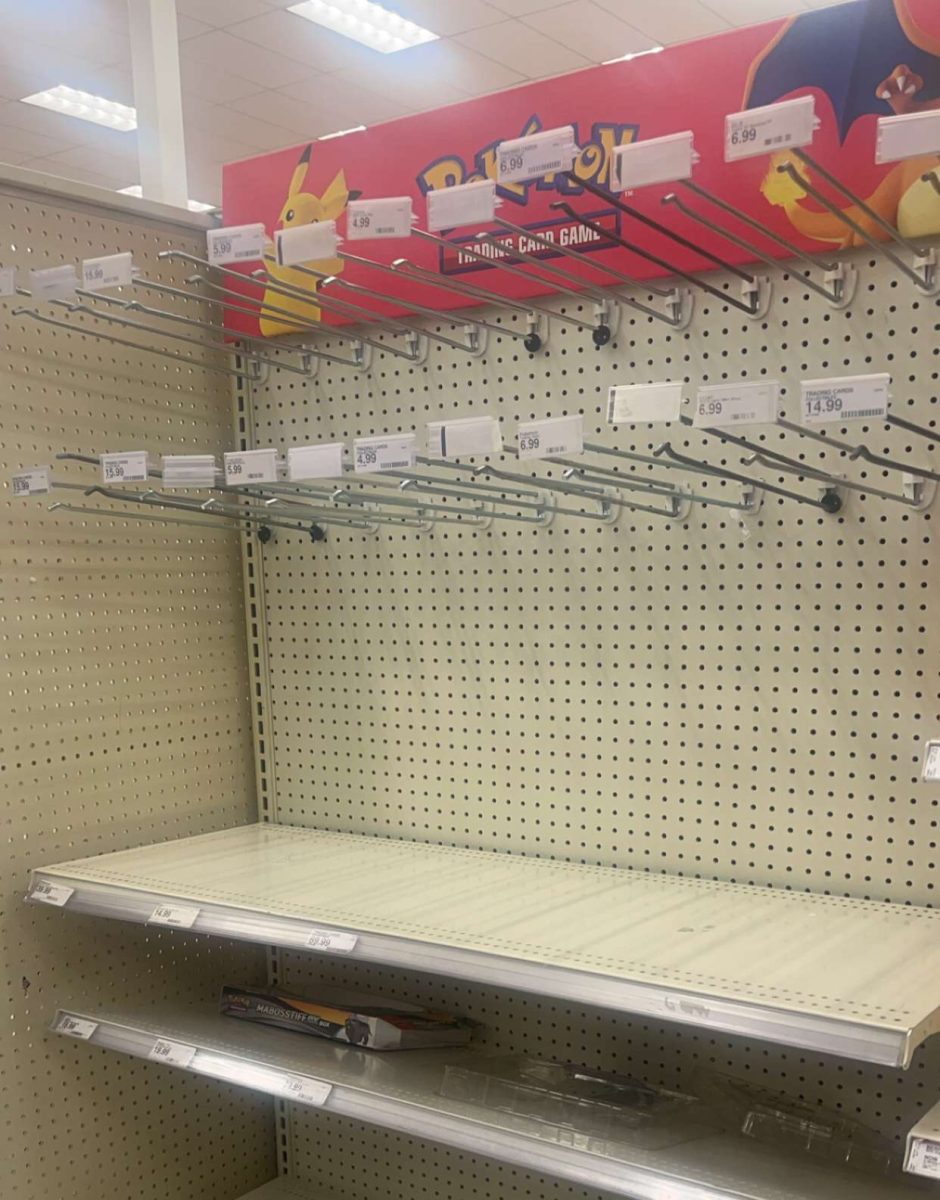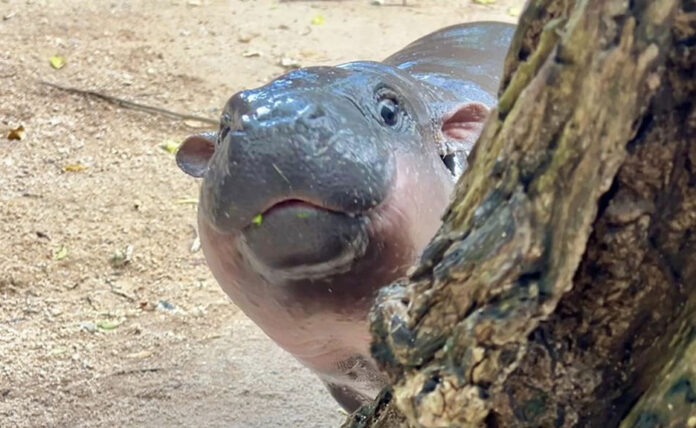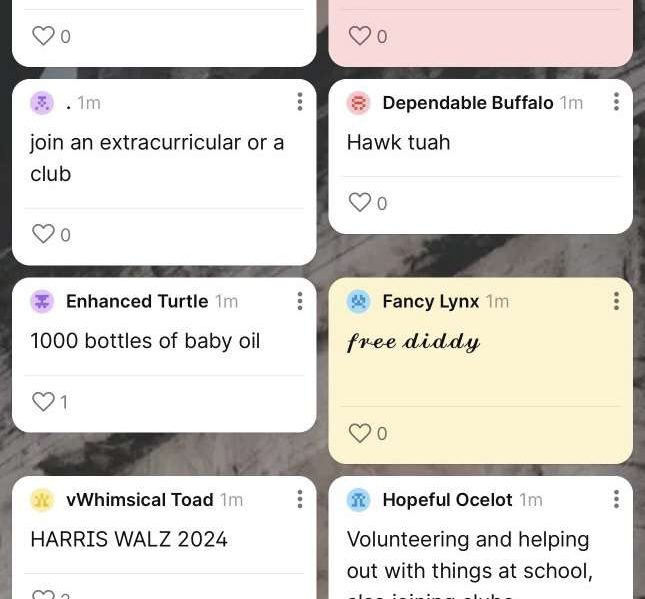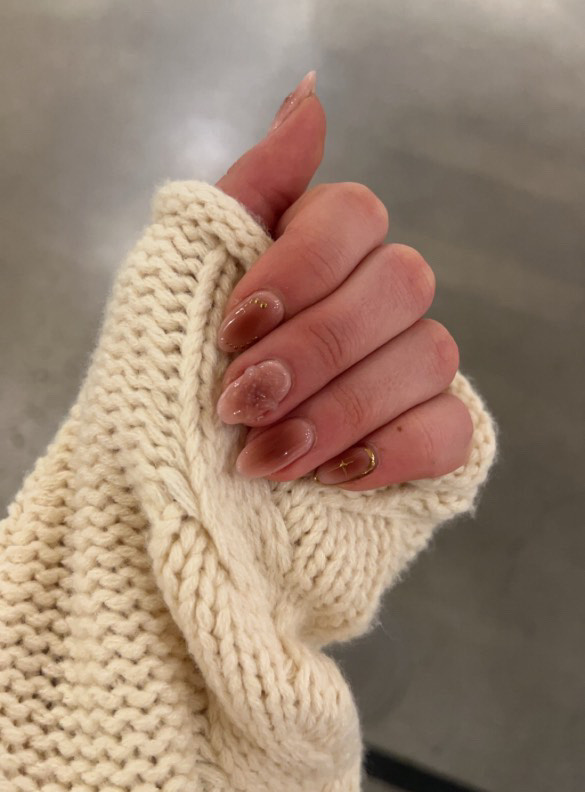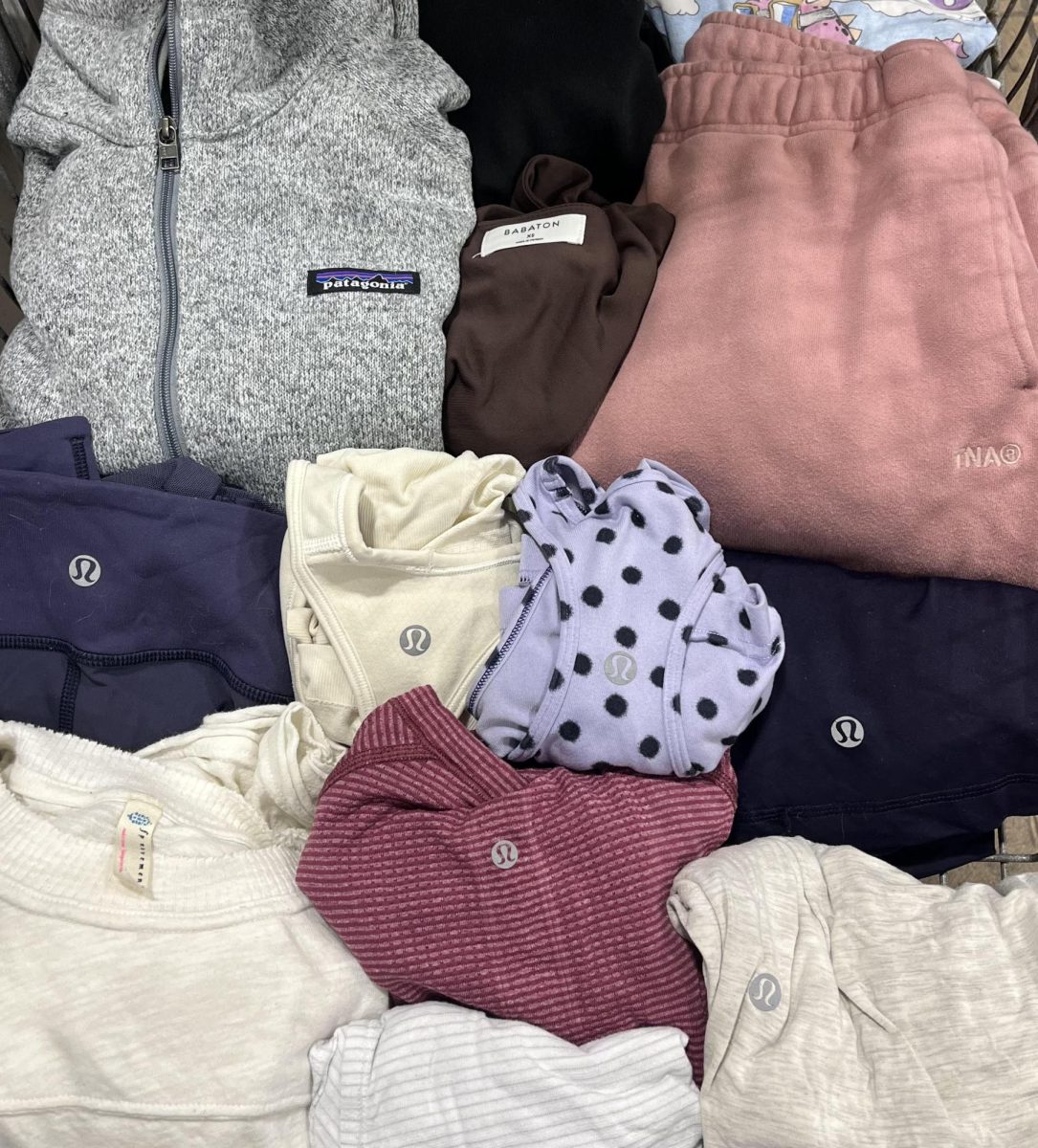Today, there is enough clothing to clothe the next six generations, yet the fashion industry continues to flood the market with cheap, low-quality items. This abundance creates an illusion that quantity equals happiness, although 40% of clothing remains unworn. In the U.S., the average person owns 157 pieces of clothes but regularly uses only 57. Advertisements constantly push the latest trends and styles, convincing us we need more. But do we need the next big thing in our wardrobe to be happy?
But why is clothing bad for the environment? How harmful can it be? Surely buying new clothes once in a while can’t be that harmful! Today, roughly 60% of clothing is made from synthetic fibers such as polyester, nylon, or acrylic. When you wash clothing made from artificial materials, microscopic fibers, known as microplastics, shed from your clothes. 35% of microplastics in our oceans come from washing synthetic fibers, mainly due to the excess wastewater from your washing machine entering our oceans. Did you know that each time you do a load of laundry, roughly a credit card-size worth of microplastic comes from the load? But it doesn’t stop there, the amount of water needed for a single cotton shirt is about 3000 liters. Not to mention the toxic chemicals used to dye clothes such as your favorite neon pink shirt, contributing to 20% of the world’s wastewater. This wastewater also often makes its way into our oceans, going untreated, and is incredibly toxic, so much so it can often not be made safe again. If the industry maintains its course, an increase of 50% in greenhouse gas emissions is expected within the coming decade. The number of resources needed to make your favorite clothes is more than astounding, it’s damaging. Damaging our environment, but there is hope. You can still do things to make a difference, even if it’s small. But what you might ask?
bad for the environment? How harmful can it be? Surely buying new clothes once in a while can’t be that harmful! Today, roughly 60% of clothing is made from synthetic fibers such as polyester, nylon, or acrylic. When you wash clothing made from artificial materials, microscopic fibers, known as microplastics, shed from your clothes. 35% of microplastics in our oceans come from washing synthetic fibers, mainly due to the excess wastewater from your washing machine entering our oceans. Did you know that each time you do a load of laundry, roughly a credit card-size worth of microplastic comes from the load? But it doesn’t stop there, the amount of water needed for a single cotton shirt is about 3000 liters. Not to mention the toxic chemicals used to dye clothes such as your favorite neon pink shirt, contributing to 20% of the world’s wastewater. This wastewater also often makes its way into our oceans, going untreated, and is incredibly toxic, so much so it can often not be made safe again. If the industry maintains its course, an increase of 50% in greenhouse gas emissions is expected within the coming decade. The number of resources needed to make your favorite clothes is more than astounding, it’s damaging. Damaging our environment, but there is hope. You can still do things to make a difference, even if it’s small. But what you might ask?
If we are going to help make the fashion industry more sustainable, then everyone needs to take part, thrifting clothing can make all the difference. Laura Knape shared how her deep connection and love for thrifting began,
“My mom got me started on it she is the reason I have a shopping addiction. We always went to garage sales growing up, so buying secondhand was just something I knew how to do. I also started seeing lots of thrifters on social media sharing their “hauls” and was chasing that same feeling”.
What even is thrifting? This is the practice of buying secondhand goods, specifically clothing from thrift stores, consignment shops, or online resale platforms. You don’t realize the treasures you can find until you start looking. From vintage or antique to even brand-new modern treasures, yes you heard me right! Brand new, it is astounding the amount of clothing you can purchase secondhand new with a tag. Thrifting clothing helps give new life to discarded items that are still in excellent condition for use, yet the clothing industry and social media have taught us holding onto old clothes is so last year. When in fact, 100 million tons of clothing are produced globally each year, while 92 million tons of clothes make their way to the landfill, this is the equivalent of a dump truck dumping trash every second. By thrifting your clothing, you are helping to prevent all of this, lowering your carbon footprint, saving tons of water, and embracing one of the easiest sustainable habits. Not only are you saving the environment, but you could also be keeping your wallet in the long run!
While treating yourself to new things can be nice, it is best to limit overconsumption. Continuing the practice of buying the shiniest and newest things has a deeper impact on the environment than many imagine. Soon enough, there won’t be an environment left for those brand-new clothes you’ve been eyeing. So, instead of buying from fast fashion retailers or companies exploiting their labor, hit up the local thrift stores in your area instead. You’d be surprised by how quickly you can find name-brand, vintage, or unique clothing you can find that no one else will have. Or even keeping up with the latest trends. Shopping for the latest trends doesn’t have to be unstainable, however, that starts with you.






